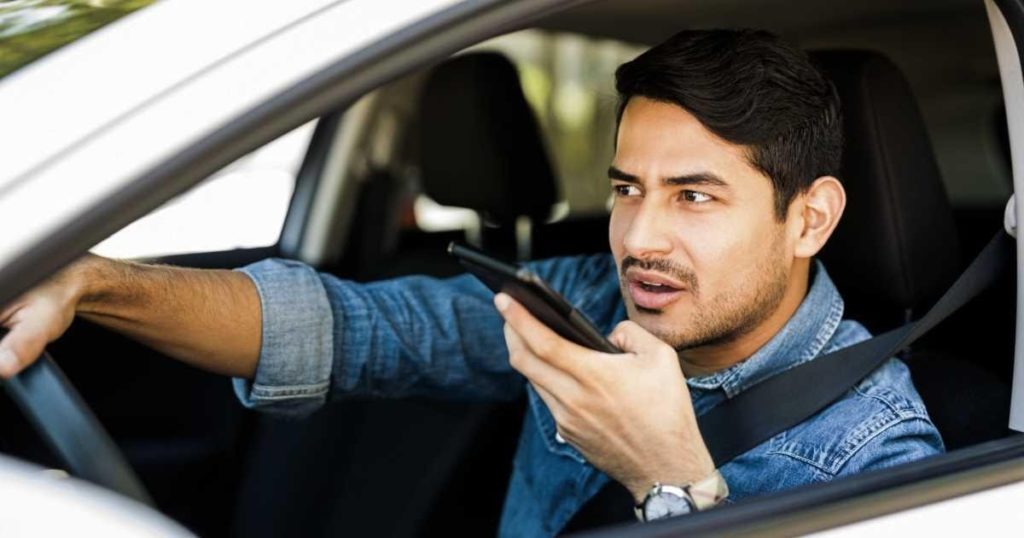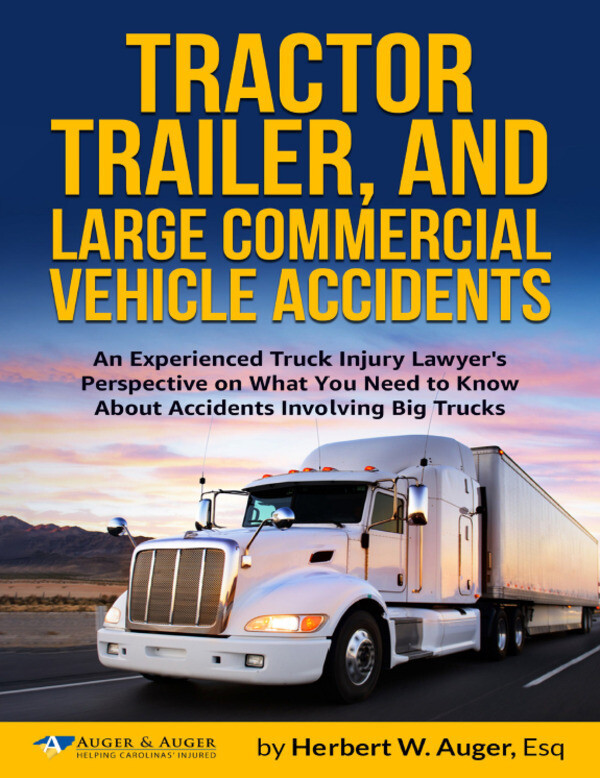5 Distracted Driving Myths that Simply Aren’t True
Author: Auger Law | February 10th, 2020

It’s no mystery that Americans have an unhealthy obsession with their cell phones. But while most us know that texting while driving is dangerous, we just can’t put our phones down when behind the wheel.
Maybe that’s because many of us have false ideas about what constitutes distracted driving, how risky it is, and our own abilities to multitask.
Think you know everything there is to know about distracted driving? Check out these myths and we’ll see if that’s true:
Myth #1: Drivers can multitask
The Truth: It is not as easy as you think for the human brain to do two things at the same time. Example? How about watching TV and holding a phone conversation at the same time. How many times have you tried to do that and realized you had to ask the other person to keep repeating themselves or stop and re-watch what you may have missed when you were talking? The same is true when driving and talking on your phone. The brain switches between the two tasks, which slows reaction time and takes your focus away from the road.
Myth #2: Talking to someone on a cell phone is no different than talking to someone in the car
The Truth: A study by the University of Utah found that drivers distracted by cell phones are more oblivious to changing traffic conditions because they are the only ones in the conversation who are aware of the road.1 In contrast, drivers with adult passengers in their cars have an extra set of eyes and ears to help keep the drivers alert of oncoming traffic problems.
Myth #3: Hands-free devices eliminate the danger of cell phone use during driving
The Truth: Whether handheld or hands-free, cell phone conversations while driving are risky because the distraction to the brain remains. Drivers talking on cell phones can miss seeing up to 50% of their driving environments, including pedestrians and red lights, according to a study by Carnegie Mellon University.2 They look but they don’t see. This phenomenon is known as “inattention blindness.”
Myth #4: I only text at stop lights, so it’s OK
The Truth: Even at stop lights, it is important to remain an attentive driver. For example, an AAA study shows that people are distracted up to 27 seconds after they finish sending a voice text.3 Further, you can receive a ticket in North Carolina for texting with your phone while at a red light because it is considered “operating a vehicle.”
Myth #5: Voice-to-text is safe to do while driving
The Truth: Voice-to-text features can potentially be dangerous, just as if you were texting while driving. Because voice-to-text may require manual activation and visual review to proofread and correct any transcription mistakes, voice-to-text can take drivers away from the road just as if they were texting with their fingers.
Have you been injured in an accident in the Carolinas?
People are victims to distracted driving accidents every day and need someone to lend them a helping hand. Here at Auger & Auger, we understand the fear, frustration, and stress you may feel. For clients involved in distracted driving accidents, we investigate and can retrieve cell phone records, obtain witness statements, and gather all necessary evidence to prove your case and to fight for your rights and the compensation you deserve. Over the last 25+ years, we’ve recovered millions on behalf of thousands of satisfied clients throughout the Carolinas. We will help handle all the stressful matters for you, so you can focus on what matters most—getting better.
If you’ve been injured, receive a free case evaluation today and find out how Auger & Auger may be able to help you! Call 855-969-5671.














